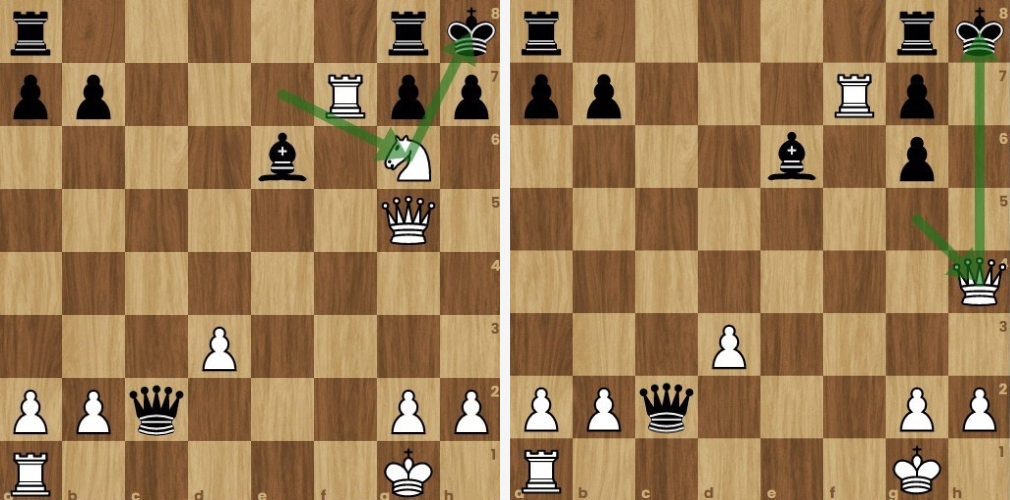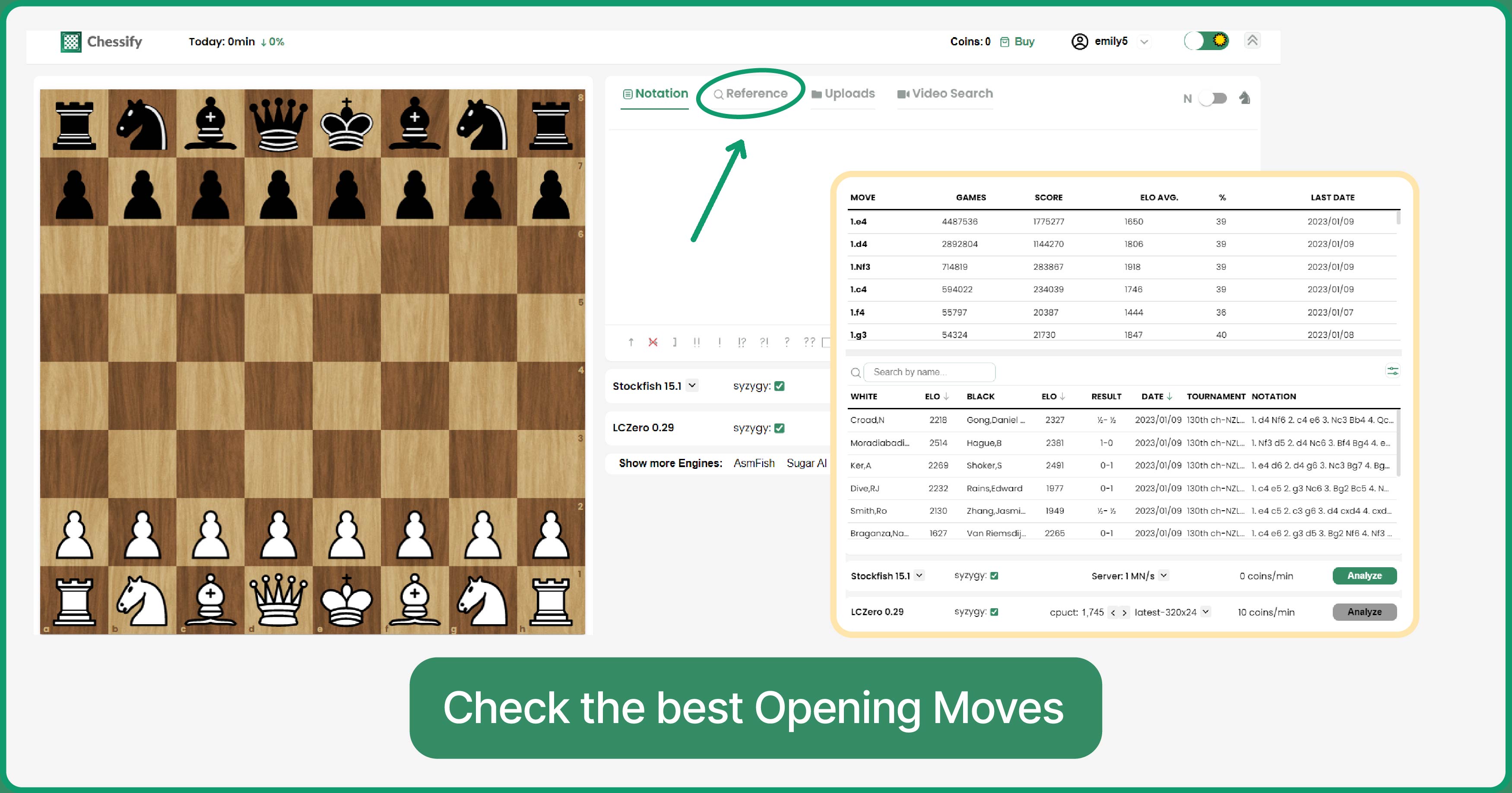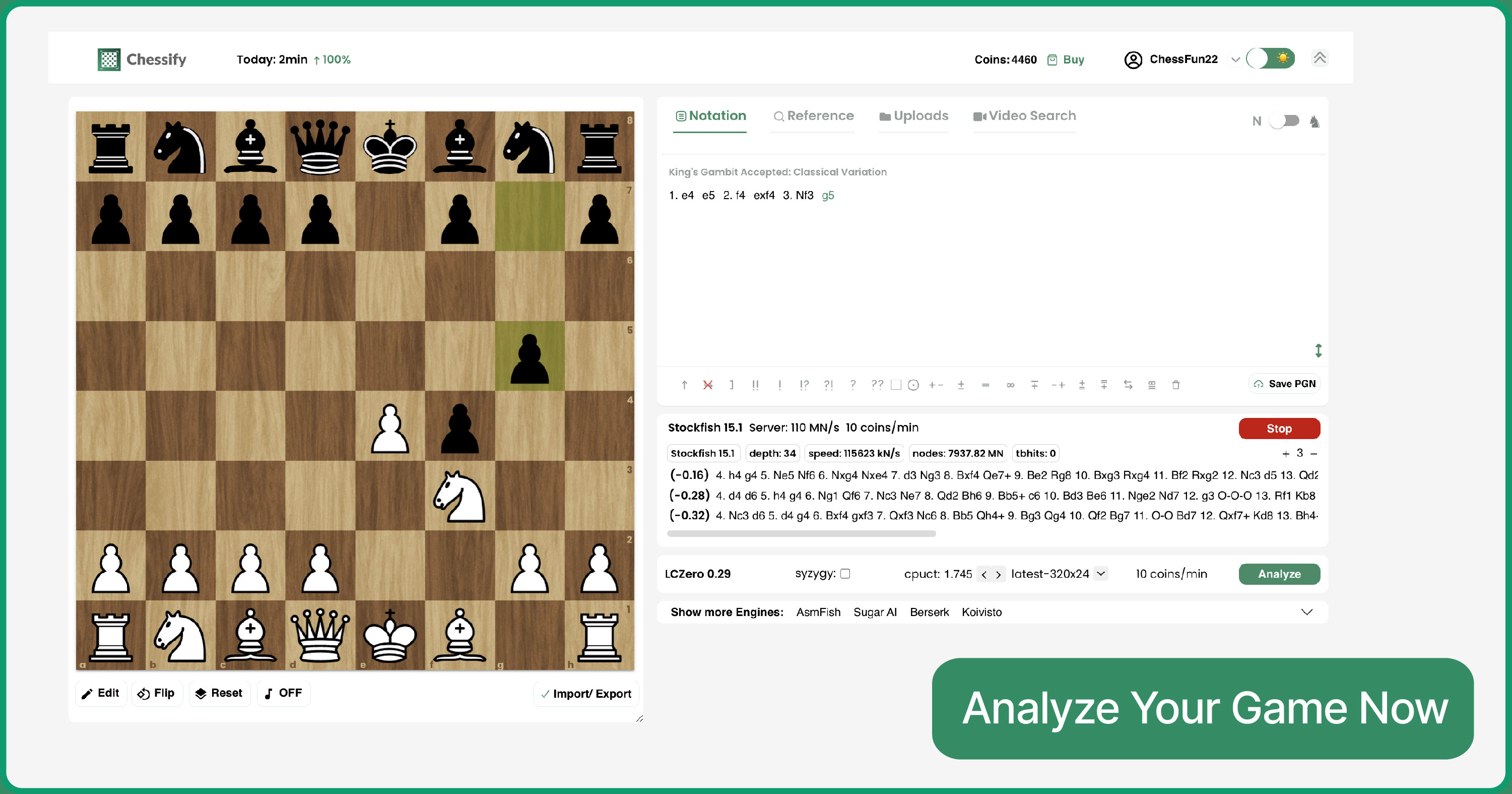
Unleashing the Fury: Chess Attack Techniques for Amateurs
Are you tired of your chess attacks always being predictable and easily defendable?
Whether you are a beginner just starting or have been playing for years, mastering the art of attack is crucial to self-improvement. Today's article aims to tackle this common problem faced by amateur chess players exploring chess attacking strategies. We will dive deeply into techniques and provide you with tools to make your games more dynamic and unpredictable.
How do professionals elevate their tactical play and surprise their opponents with attacks? The secret lies underneath the surface.
Without further ado, let's take you through each of the chess attack strategies and techniques.
The Basics of Chess Attacks: Understanding the Principles
Attacking in chess can be defined as a chess move that puts a piece or several pieces at risk of being captured. To initiate an attack in chess, the player needs to create a chess formation that forces their opponent to either move his pieces or lose them. This chess attack must be well thought out and executed to succeed.
Although the ultimate goal is checkmating the King, it is impossible to get straight to it without overcoming challenges and setting priorities for certain positions. To understand the core principles of launching an attack, amateur players should grasp several tactical ideas. To mention a few:
Find the Weakest Spot
Search for the weakest spot in your opponent's position and build your attack toward it. You need analysis and pattern recognition skills to help you spot and recognize weaknesses in your opponent's chess formation.

White exploits the weakness of Black’s back rank and takes advantage of the undeveloped Bishop on c8 and Rook on a8.

1.Rxf7! Black cannot capture the rook due to Qd8 mate, he has to play 1…Rg8 to defend on g7. White replied with 2.Ne7 attacking the enemy rook on g8 and Black plays 2…Be6 to try and develop his bishop while attacking White’s rook on f7.

However, White finds an easy mate in 2 here with 3.Ng6+! hxg6 and 4.Qh4#.

Be Ready on Both Sides of the Chessboard
Don't overlook the chances of your opponent launching a counterattack on the opposite side of the board. Consider keeping some of your pieces ready to switch to the other side of the board and defend it.

In this position, White played 1.Bc4, and Black replied with 1…Bxf3? overlooking the following counter-blow by White, because after 2.Qb3! White does not have to recapture the Bishop.

Black tries to deliver a counter-attack of his own with 2…Na5, but after 3.Qa4+ Qd7 4.Bxf7+!!, the Black King cannot capture the Bishop because the Queen is under attack. And White is clearly winning after 4…Kd8 5. Qxd7+ Kxd7 6. Nxf3 +-

Attack through the weaker squares and diagonals
If your opponent exchanges one of their Bishops, while you have two Bishops, try to attack through the squares where your opponent lacks an advantage. The tactic also works best for positions with the opposite-colored Bishops, as your opponent will have a hard time defending the diagonals without the same-color Bishops.

White is down material in this position, but because Black does not have his dark-squared Bishop to defend his King, White exploits it and attacks along the dark squares.

1.Nf6+! Black is forced to capture the Knight, otherwise, he loses his Queen. 1…gxh6
2.Rg3+ Kh8 followed by 3.Bxf6 is Checkmate.

Using Pawns During Attacks
Moving forward only with Pawns is not always the right strategy, but it can help create weaknesses in your opponent’s position. Making your opponent exchange the pawns that defend the king is also a good way of weakening their defense and threatening the King.
Still, as Pawns are the weakest chess pieces, they are often used as sacrifices to open up lines for major pieces to have a clear path to attack. By pushing your pawns forward, you can also create gaps in your opponent's chess position and start attacking with other chess pieces, from Queen to Knights.
Consider learning some of the most common pawn structures and attacks to catch your opponent by surprise.
From Defense to Attack
The thin transition line from defense to attack is a common problem for many amateur chess players. Defenders should keep their chess pieces ready to switch from defending to attacking without warning. Thus, depending on the type of position, it is crucial to consider different factors for the transition to be as smooth and unnoticed by the opponent as possible.
Chess attackers often surprise the enemy with an unexpected swift move to gain time for an attack.
Sometimes if a piece sacrifice is necessary to execute the attack, chess players are always ready to sacrifice any of their pieces (even their Queen).
Sacrifices in Chess Attacks
In chess, a sacrifice is a move where a player intentionally gives up a piece to gain a more advantageous position in the future. Players opting for a sacrifice often aim to create weaknesses in the opponent's positions, gain control over key squares, or force the opponent to move their pieces in a certain way.
In "The Art of Sacrifice in Chess," Rudolf Spielmann describes chess sacrifices as an important phase of the struggle. To succeed, chess players must be able to judge the situation and know when a sacrifice will benefit their chess position more than the current state. Sacrifice at the right moment is crucial to capitalize on opportunities. As the opponent gains material, they are tempted to accept the sacrifice. This leads to beating the disconnected forces before they can form a unified front.
That said, although a sacrifice may lead to a successful chess attack, players must be able to evaluate the situation and determine if it is beneficial or an act of recklessness in any particular chess position.
The Fine Line Between Aggression and Recklessness
Most amateur players get carried away with chess attacks and forget to calculate their moves or consider their chess pieces on the board.
While aggression may be essential to some extent, chess players must be aware of the consequences of such moves. View balancing as a solid base for chess attack and defense. Once giving in to reckless behavior, amateur players will likely make mistakes, lose their chess pieces, and face checkmate.
Finding the balance may be challenging. It comes with sharpening your skills through practice, calculations, and profound analysis of the most prominent attacking chess strategies.
When attackers overstep the boundary of recklessness, they become vulnerable to traps and let the initiative slip away from their hands and become an invitation for the opponent to take control of the game. To develop a precise and well-thought attack, we suggest giving it a try to Chessify.me's advanced features.
Improving Strategy with the Best Attacking Players
We already know that finding the right moment to exploit a weakness in your opponent's position is the first step to victory.
History-changers like Mikhail Tal, Robert James Fischer, and Alexander Alekhine, and contemporary grandmasters such as Hikaru Nakamura, Alexander Morozevich, and Viswanathan Anand gave chess enthusiasts plenty of immortal games to learn from. Each of them has their unique approach to the game and they have pushed the boundaries of chess ever further. The evolution and refinement of chess strategy have led to the development of different styles, which you can easily explore with Chessify References.
With a library of the most preferred opening moves, Chessify References have been collecting a wide selection of games recorded since 1475. Amateurs can use this immense collection to explore openings, strategies, and chess attacks preferred by the world's greatest players.
How players implement chess game analysis defines their strategy. Chessify helps players, regardless of proficiency levels, to improve their attacking skills by learning from the chess world professionals. Thanks to this feature, everyone can explore the greatest grandmasters attacking styles and chess maneuvers.
Chessify's database allows users to search for any particular player's name, find all the games they played, and examine the moves without leaving Chessify's dashboard.
Overall, this is a win-win resource for everyone willing to improve their attacking strategy while leveraging advanced chess analysis tools.
Final Thoughts
To conclude, chess attacking strategies require practice and knowledge of chess openings and variations to achieve a superior position.
Consider balancing through aggression and recklessness and try to calculate every move's potential outcome. Although a chess position may not be as strong or secure as it looks, most of the time, the key to success hides behind profound forecasts and analysis.
Leverage Chessify to improve your chess attack strategy, take advantage of its advanced chess analysis tools, and become unstoppable in your games!





